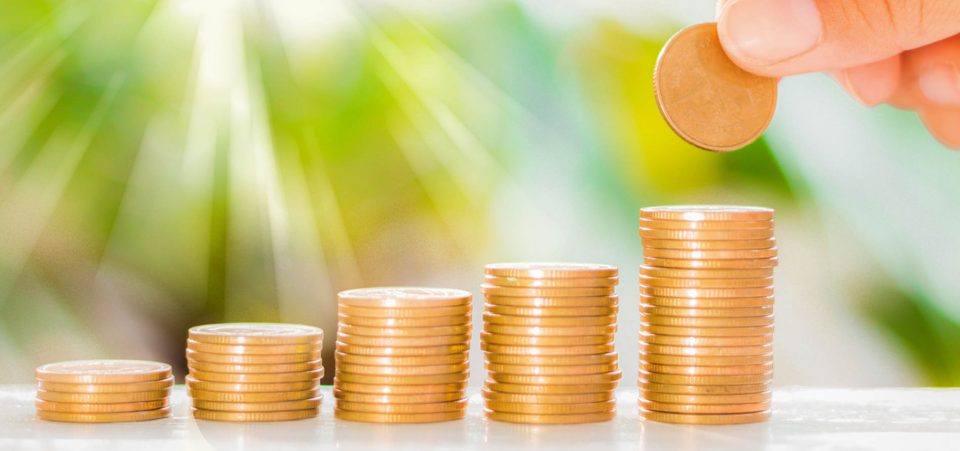Gold Prices Rise on the Edge of Geopolitical Risks
Gold prices today of $1,224/ounce are still low despite rising tensions over North Korean intercontinental missile tests. But there is more than hope yet. There is a Russia-sized probability that the lull will not last long. All eyes are on the G20 Summit in Berlin and the meeting announced at the last minute between Presidents Donald Trump and Vladimir Putin.
According to the latest reports from Moscow, Putin does not trust Trump. Rather than having enabled his ascension to the highest public office of the United States, Putin fears the White House’s current volatility. With Obama, Putin could at least count on American hostility at every move, while retaining a certain predictability.
Donald Trump, in barely six months on the job, has already tested the limits of Russian patience, which not even Ronald Reagan explored at the height of the Cold War. Indeed, relations between Russia and the United States now are best compared to the average temperature in Moscow in the winter. We’re not yet at Barrow, Alaska levels, but that dubious direction is where relations are heading.
In fact, gold prices per ounce have fallen and reached the minimum since May 10. But there appears to be a floor around $1,220/ounce, below which the precious metal will not go. Yet, considering the gold price history, or related trends, the yellow metal’s value rises on volatility. There has been a reluctance in the markets to acknowledge volatility.
Gold prices were at a peak in 2011 and 2012 after rising steadily since the 2008 financial crisis. The bullish trend partly reflected the overall commodities rally of the same period. But, while other metals and resources lost big chunks of their gains, gold managed to remain generally above $1,200/ounce. It only dropped to about $1,076/ounce in January 2016 amid overall market losses.
Volatility Should Be Much Higher!
The volatility index has been surprisingly “quiet.” The VIX, as they call it, quantifies the level of volatility in the U.S. financial market. The Chicago Board Options Exchange (CBOE) determines it every day based on options in the S&P 500. The best way to look at it, especially in relation to the gold price forecast is as a measure of fear.
When investors start worrying about the state of the economy and the risks it faces, they inevitably worry over the course of the financial markets. Somehow, investors have managed to stay confident. Perhaps, this is because the mainstream media has downplayed the many and insidious geopolitical risks that the United States—and the world, for that matter—faces in this year. North Korea is but one.
As intense as tensions are in Asia over Pyongyang’s continued intercontinental ballistic missile (ICBM) tests, relations between Russia and the United States could spiral out of control at any moment. CNN and other mainstream outlets insist on portraying Trump as Putin’s stooge or agent in Washington. Yet, the U.S. and Russia have troops on the ground—and jet fighters over the skies—in Syria. The Russians and Americans have vastly different goals in Syria and there is a growing risk that they will clash.
Russia supports the current Syrian government along with Iran. The United States may or may not support regime change, but it’s certainly interested in resizing the Syrian army, while damaging Hezbollah and Iranian forces’ capabilities in Syria (and Lebanon). Meanwhile, the U.S. also wants to support the idea of an independent Kurdish State, which would occupy part of the territories of Iran, Iraq, and Syria. It would also occupy a good part of southeastern Turkey.
Between a North Korea and a Middle East
But, NATO member Turkey has no interest in an independent Kurdistan. Thus, Moscow’s goals are ultimately more agreeable to it than Washington’s. The fuse is short and the U.S. and Russia could come to blows over Syria. Add to that China’s rising star in Asia, which is about to get a major boost thanks to much closer ties to Russia. Not surprisingly, while traveling to Hamburg for the G20 summit, Chinese president Xi Jinping stopped in Moscow to discuss growing global tensions with President Putin.
Still, the North Korean missile tests suggest that investors’ risk appetite hasn’t quite caught on to the shelter that gold represents. They have been distracted by positive signals from the European Central Bank (ECB). The Fed seems intent on normalizing its monetary policy, and the ECB could raise rates if Europe’s recovery speeds along. But, there’s the strange sensation that uncertainties in Europe are falling. Investors are looking at the next federal elections in Germany in September, expecting few surprises.
But there are surprises, and investors can feel they’re bad ones. That’s why they continue as if there are no risks. Americans don’t quite grasp the rising tensions in Europe as the migrant crisis becomes worse every day without solutions. This has become the single greatest risk to the integrity of the European Union.
The negotiations over Brexit are difficult. Not all EU members have the same commercial interests with the United Kingdom, and this will create divergences. Overall, the markets are too optimistic about the U.S. recovery as there are geopolitical risks emerging everywhere from the Middle East, North Africa, North Korea, China, Russia, and beyond.
The Russians are a little closer to the action. They lost 28 million people in World War Two amid massive devastation. They understand war, its risks, and horrors. Not surprisingly, last February, the Russian Central Bank increased its gold reserves by more than 9.3 tonnes, bringing the total gold in Russia to more than 1,650 tonnes. That’s the highest since the collapse of the Soviet Union.
Russia began to buy gold in 2007-2008, during George W. Bush’s presidency, and continued to in the Obama era (2009-2017). Interestingly, the volume of gold purchases has increased considerably since the beginning of the crisis in Ukraine. Russia wants to close its debt with the U.S. But, it also has a closer view and better understanding of the many risks that could send the entire financial and economic system down this year.






